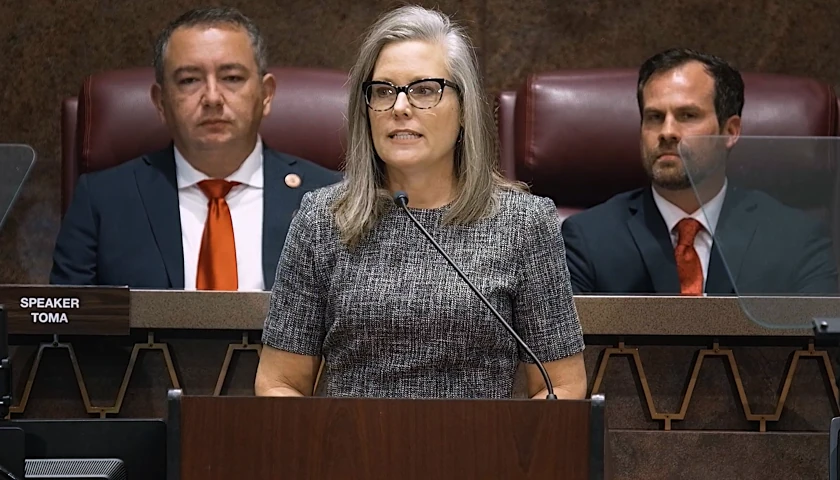Axios
House Minority Leader Hakeem Jeffries (D-N.Y.) on Friday conceded what he said was a “bitterly disappointing” 2024 election loss.
The AP called the House for Republicans on Wednesday, securing President-elect Trump’s total control of Congress. Democrats have been engaged in an intra-party blame game since Nov. 5.
“The American people have spoken … we’ve fallen short of the majority, and that is bitterly disappointing,” Jeffries said at a press conference.
READ THE FULL STORY













0 Comments